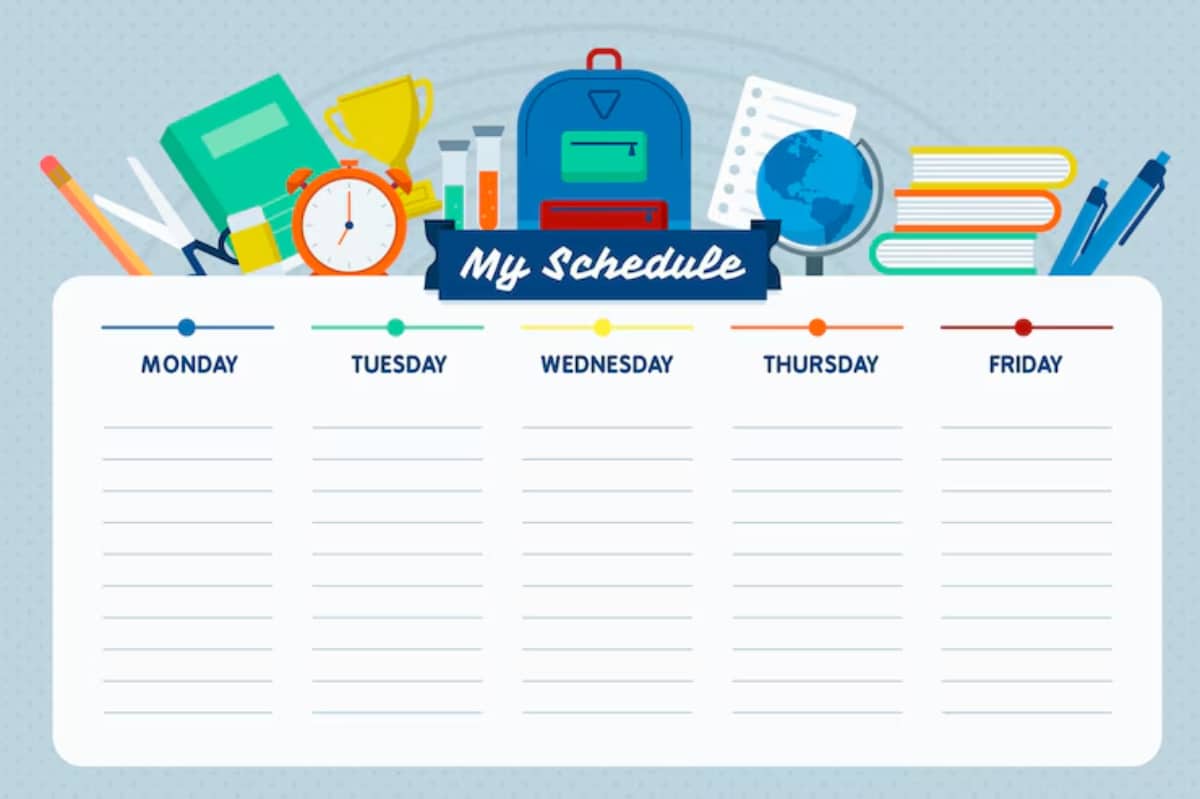
How to Blend Online Courses with Traditional Homeschool Curriculum
Blending online courses with traditional homeschool methods is becoming popular for families seeking a more dynamic and personalised education. With the rise of digital learning platforms and the increasing flexibility of homeschooling, online homeschool integration allows parents to combine the best of both worlds—technology-enhanced instruction and hands-on, values-based teaching.
In this guide, we’ll explore what blended homeschooling looks like, how to do it well, and why it’s a growing trend among modern homeschoolers. Whether you’re considering homeschool online learning to supplement your existing curriculum or looking for a fresh approach, this article offers a comprehensive, practical roadmap to get started.

Understanding the Core: What is Blended Homeschooling?
Blended homeschooling is a hybrid approach in which families integrate online educational resources and courses with their chosen traditional homeschool curriculum. It’s not an all-or-nothing choice—it’s a flexible model that allows you to tailor your child’s education to their needs, interests, and learning pace.
According to educational researchers, blended learning encourages greater engagement, supports diverse learning styles, and often results in improved academic performance when used thoughtfully. Rather than relying solely on textbooks or live instruction, students interact with online tools like video lessons, virtual labs, quizzes, forums, and even live tutoring.
Think of it as adding tools to your homeschooling toolbox—not replacing the essentials, but enriching them.
Pro Tip: Use online courses to introduce advanced topics early, such as pre-algebra or foreign languages, giving your child a head start in areas of strength.
Quick Guide: Key Takeaways
- Blended homeschooling combines online and traditional learning for flexibility and customisation.
- Ideal for teaching complex subjects like science or foreign languages.
- Can be adjusted based on your child’s learning style and pace.
- Requires consistent scheduling and parental involvement.
- Avoid screen overload by setting clear tech boundaries.
Important Note: Avoid over-reliance on screens. Blended homeschooling should still include hands-on activities, reading from physical books, and outdoor learning.

Step-by-Step Guide: How to Practise Online Homeschool Integration
Step 1: Identify Subjects That Benefit Most from Online Resources
Some subjects are naturally better suited to digital learning—maths, coding, languages, or science labs. Start by evaluating where you need extra support or where your child could benefit from interactive tools.
Step 2: Choose the Right Online Platforms
There’s no shortage of options, from Khan Academy and Outschool to more structured platforms like Time4Learning or Study.com. Look for:
- Accreditation or curriculum alignment
- Flexibility of pacing
- Parental controls or progress tracking
- Engaging content (videos, interactive exercises, quizzes)
Step 3: Integrate Online Lessons into Your Weekly Plan
Rather than letting online courses take over, slot them into your schedule. For example:
- Monday/Wednesday: Traditional workbook-based English
- Tuesday/Thursday: Online science modules
- Friday: Offline project or experiment based on the online content
Step 4: Set Clear Expectations and Routines
Children thrive on structure. Set designated times for online learning and maintain screen breaks to avoid fatigue. Use a visual weekly planner or digital calendar to help the child manage.
Step 5: Monitor Progress and Adjust as Needed
Don’t set it and forget it. Log in regularly to check progress dashboards, review quiz scores, or sit with your child during lessons to ensure comprehension. Adjust the blend as your child grows or your needs change.
Best Practices & Additional Insights
1. Keep Communication Open
Ask your child for feedback. Do they find the videos too long? Is the pace too fast? Their input can help fine-tune your approach.
2. Layer Learning Modalities
Reinforce online lessons with physical books, games, or experiments. For instance, if your child watches a video on ecosystems, follow up with a nature walk and sketching activity.
3. Use Tech Tools Wisely
Leverage apps that support executive function skills—like time management apps (Trello or Todoist), timers, or focus trackers—to keep online sessions productive.
4. Encourage Independence
Gradually give older children more responsibility in choosing online electives or managing their learning schedule. This will build their ownership and life skills.
FAQs About Blended Homeschooling
Q: Is blended homeschooling suitable for all ages?
Yes. Early learners can enjoy animated phonics apps, while teens may benefit from full-completion courses in subjects like biology or calculus.
Q: Do I need to follow a specific programme for online homeschool integration?
No. The beauty of blended homeschooling is its flexibility. You can pick and mix platforms and materials that align with your teaching goals.
Q: How do I avoid screen fatigue in blended homeschooling?
Balance is key. Schedule offline activities like reading, crafts, and physical education alongside screen time. Also, use blue-light filters and take frequent breaks.
Q: What if my child learns better with traditional methods?
That’s perfectly okay. Use online tools sparingly—for test prep, educational games, or revision support—rather than as a primary teaching tool.
Blending for Success: Bring Out the Best of Both Worlds
Blended homeschooling opens the door to personalised, flexible, and modern learning. Combining structured online courses with traditional homeschooling values gives your child a well-rounded education that adapts to their needs.
It’s not about replacing what works—it’s about enhancing it. Whether you use online tools for a single subject or your entire school year, thoughtful integration can make your homeschool journey more engaging and effective.
Ready to Blend? Take the First Step Today
If you’re inspired to begin or improve your blended homeschooling approach, try one online course that complements your current curriculum and give it a trial run. Watch how your child responds, and build from there.


